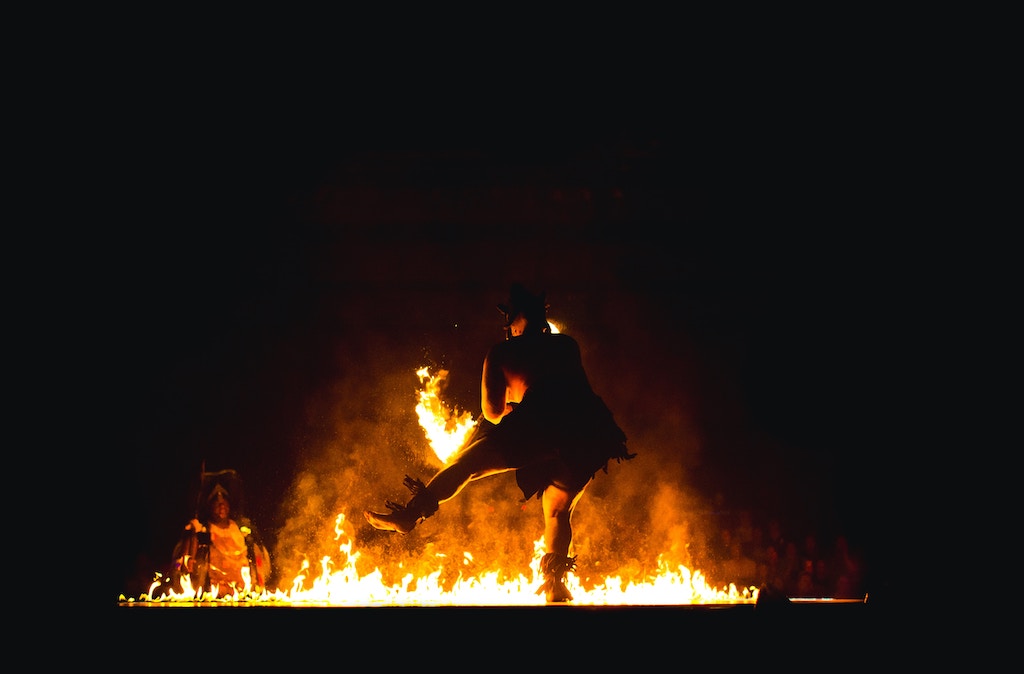Dancing as a Healing Pathway: Unveiling the Power of Movement in Trauma Release
How dancing releases trauma; this is a huge one for me!
Dancing, with its rhythmic and expressive nature, has long been recognized as a potent tool for emotional release and healing. It possesses a unique ability to unlock the depths of our emotional reservoirs, helping us navigate and release trauma, whether it’s deeply embedded ancestral pain or the burdens we accumulate through our own life experiences. Here, we delve into the fascinating world of how dancing releases trauma.
As a Generator in Human Design, I’ve discovered that dance is my extraordinary healing elixir, flowing from the depths of my Sacral Center. This mesmerizing art form, fueled by my sustainable energy, allows me to unlock the depths of my emotional landscape and release the burdens of ancestral and personal trauma.
Dancing becomes my sacred ritual, a rhythmic journey through which I bridge the gap between mind and body. With every graceful step, I empower myself to regain control, express the unspoken, and transmute pain into joy. It’s within the intricate tapestry of movement that I find solace, liberation, and healing, transcending the confines of words to rewrite my story.
How to heal trauma through dance
1. A Journey of Embodiment: Dancing is a form of embodied therapy. When we dance, we bring our awareness into our bodies, connecting with the physical sensations, emotions, and memories stored there. Trauma often leaves imprints on our bodies, leading to tension, discomfort, and even physical pain. Dancing allows us to access and release these somatic imprints, offering a pathway to healing.
2. Unveiling the Unspoken: Trauma is often shrouded in silence, its narrative buried beneath layers of societal expectations and personal shame. Dancing transcends words, providing a safe space for emotions to surface and be expressed. It gives voice to the unspoken, allowing us to communicate our pain, grief, and even joy through movement when words fail.
3. Breaking the Cycle: For those carrying generational trauma, dancing becomes a powerful way to break the cycle. As we move, we access the pain and patterns of our ancestors, acknowledging their struggles and releasing their burdens from our own lives. This transformative process not only frees us but also honors those who came before us.
4. Reclaiming Control: Trauma can leave us feeling powerless and out of control. Dancing allows us to regain a sense of agency over our bodies and emotions. It fosters self-expression, offering a channel through which we can process and release trauma on our terms.
5. Bridging the Mind-Body Gap: Trauma often disconnects us from our bodies, as we may dissociate to cope with overwhelming experiences. Dancing bridges the gap between the mind and body, fostering a sense of unity and presence. It brings us back into the present moment, where healing can occur.
6. Emotional Alchemy: Dancing is a form of emotional alchemy, where we transmute pain into something beautiful and liberating. It’s not about denying or suppressing our emotions but rather transforming them through the fluidity of movement.
7. Joy as a Healing Force: While dancing can be a cathartic release of pain, it is also a conduit for experiencing joy. The joy we find in movement has a profound impact on our healing journey, counterbalancing the weight of trauma with moments of lightness and happiness.
8. Connection and Community: Dancing often takes place in a communal setting, whether it’s in a dance class, at a party, or within cultural traditions. This communal aspect of dancing fosters a sense of belonging and connection, which can be deeply healing, particularly for those who have experienced isolation as a result of trauma.
8. Connection and Community: Dancing often takes place in a communal setting, whether it’s in a dance class, at a party, or within cultural traditions. This communal aspect of dancing fosters a sense of belonging and connection, which can be deeply healing, particularly for those who have experienced isolation as a result of trauma.
Dancing is a sacred and transformative practice that unlocks the door to our emotional and physical selves. It provides a safe container for processing and releasing trauma while offering the gift of self-expression and healing. Through the rhythm of dance, we can find solace, empowerment, and ultimately, a path toward wholeness. Whether in moments of solitude or amidst the vibrant energy of a dance floor, the healing power of movement remains a beacon of hope for those on their journey of trauma recovery.
